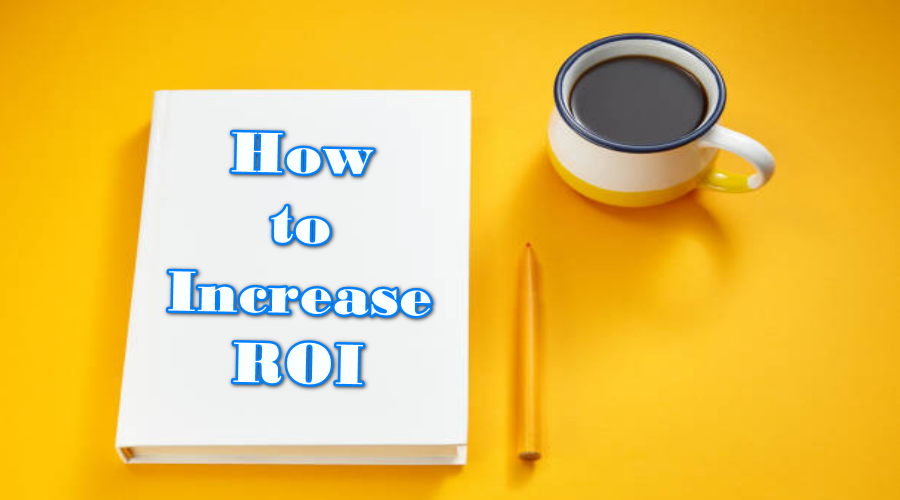
Pay-per-click (PPC) advertising has emerged as a powerful tool to drive targeted traffic and maximize return on investment (ROI). This article delves into the nuances of PPC advertising, providing invaluable insights on how to make the most of this dynamic platform.
What is pay-per-Click advertising?
PPC advertising is a digital marketing method in which advertisers pay a fee for each ad click. It’s a method of purchasing visits to your website rather than striving to earn them organically.
Benefits of PPC Advertising
1. Instant Visibility
With PPC, your ads are displayed prominently on search engine results pages, providing instant visibility to potential customers who are actively searching for the product or service you offer.
2. Targeted reach
PPC allows you to narrow your audience based on demographics, location, interests, and even the device they’re using. This ensures your ads are shown to the right people at the right time.
3. Cost Control
You have complete control over your budget, allowing you to set daily or monthly limits. This prevents overspending and ensures you get the most out of your advertising budget.
Crafting compelling ad copy
1. Engaging headlines
The headline is the first thing users see. It must be clear, relevant, and attractive. Ask questions or present solutions to attract interest.
2. Compelling Description
The description should expand the title, highlighting the unique selling points of your product or service. Be brief but convincing.
3. Strong Calls to Action
A clear, actionable CTA will encourage users to take the desired action, whether that’s making a purchase, subscribing, or downloading content.
Keyword research and selection
1. Relevance is key
Choose keywords that are most relevant to your product or service. Avoid generic terms that can attract irrelevant traffic.
2. Long-tail keywords
These are specific, longer phrases that target users with a clear purpose. They often lead to higher conversion rates.
3. Negative Keywords
Exclude irrelevant terms to avoid unnecessary clicks and focus your budget on high-converting traffic.
Landing Page Optimization
1. Consistency is crucial
Ensure the content of your landing page directly correlates with the ad. This provides a seamless user experience and boosts conversion rates.
2. Clear call-to-action
The landing page should have a prominent CTA that guides visitors towards the desired action.
3. Mobile-Friendly Design
With the increasing use of mobile devices, responsive design is a must to deliver a positive user experience.
Monitor and optimize
1. Track key metrics
Regularly monitor the click-through rate (CTR), conversion rate, and return on ad spend (ROAS) to evaluate the effectiveness of your campaigns.
2. A/B Testing
Experiment with different ad elements to determine which resonates best with your audience and produces better results.
3. Schedule your ads
Use data to determine the optimal times and days to run your ads for maximum impact.
#advertising budget, #Engaging headlines, #CTR, #campaigns